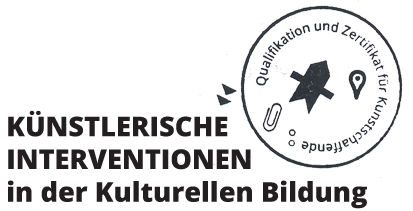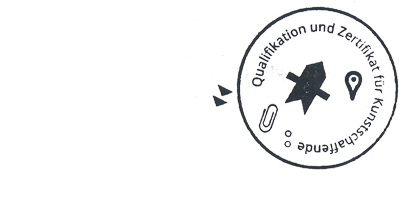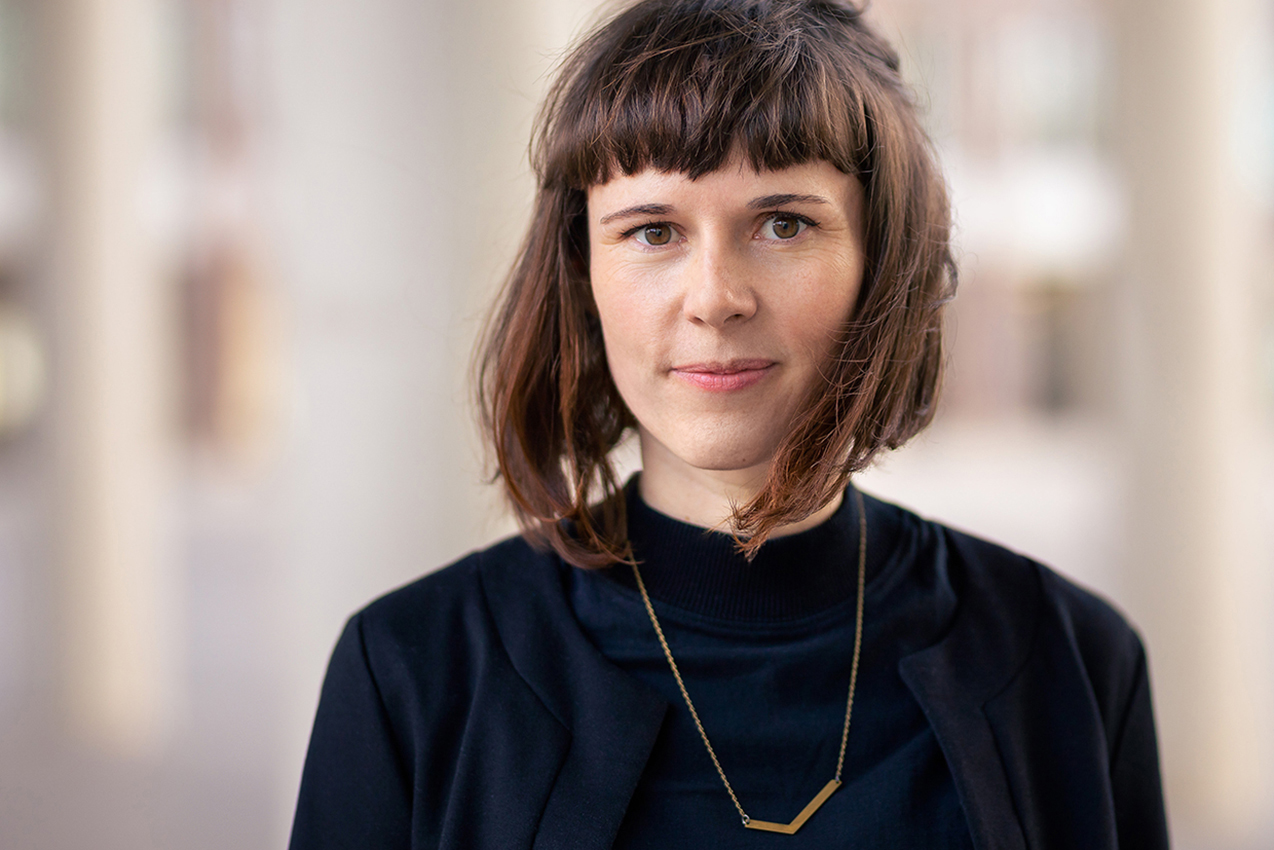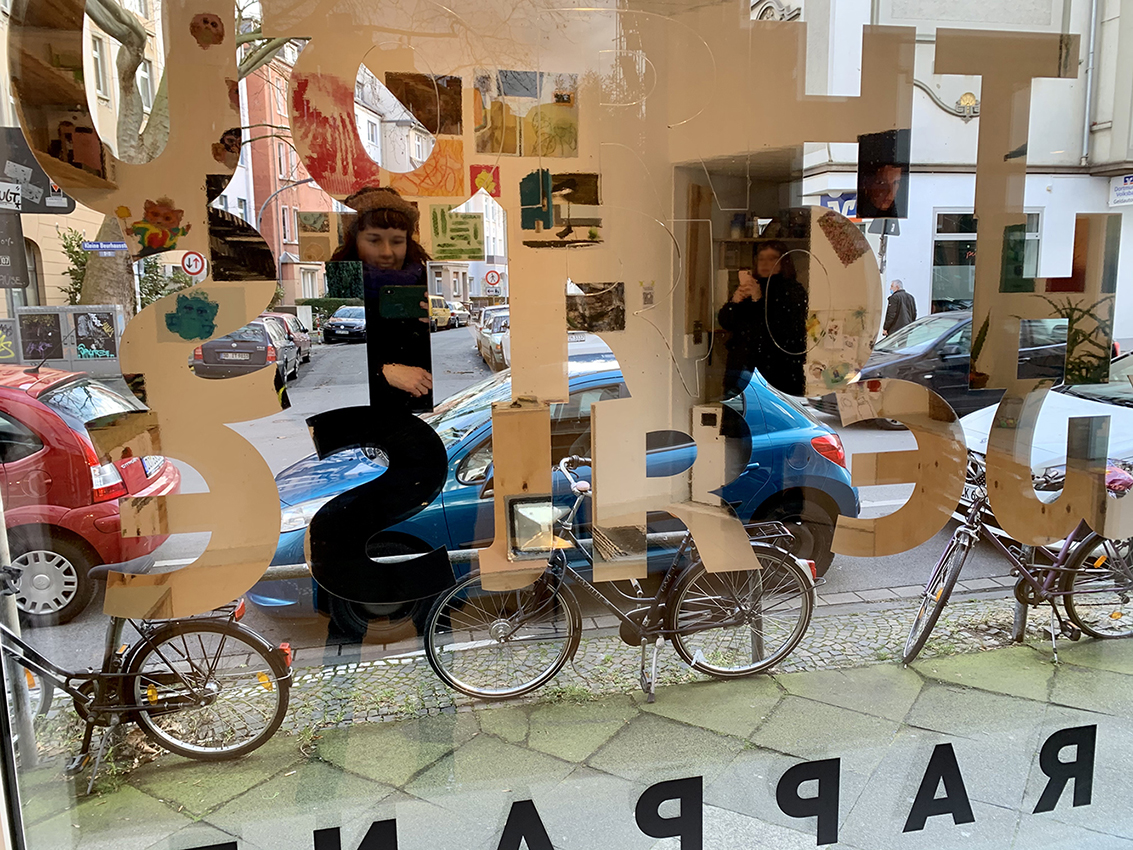



Sabine Funk is a trained scene painter and scene sculptor, an artist and an art scholar. She works as an academic assistant at the University of Fine Arts Münster, and previously, at TU University’s Institute of Art and Material Culture, she developed the “Digital & Expanded Painting” field of activity. Her focal interests are contemporary and media-based art, especially digital painting, and digital transformation in the education and cultural sector. She is a founding member of the academic and art think-tank “Frappanz – Kollektiv kultureller Freiheiten e. V.”.
www.frappanz.com
Sabine Funk is a trained scene painter and scene sculptor, an artist and an art scholar. She works as an academic assistant at the University of Fine Arts Münster, and previously, at TU University’s Institute of Art and Material Culture, she developed the “Digital & Expanded Painting” field of activity. Her focal interests are contemporary and media-based art, especially digital painting, and digital transformation in the education and cultural sector. She is a founding member of the academic and art think-tank “Frappanz – Kollektiv kultureller Freiheiten e. V.”.
Frappanz – Kollektiv kultureller Freiheiten e. V. – Workshop Digital Painting, 2020

In the summer of 2020, together with actors from the fields of art, culture and science, I founded the charitable association “Frappanz – Kollektiv kultureller Freiheiten e. V.”. With this initiative, a direct link to the urban area is to be created, as well as an open platform on which we can address social topics, make artistic practice tangible and actively participate in the development of the city and society together with other artists. Our project „#outofthebox“ comprised various different workshops on the topics of “Radical Empathy“, “Upcycling”, “Design” and “Digital Painting”. For us, the “Frappanz” is a rehearsal, activity and resonance room all in one.
What have you taken home from this project for your artistic activities?
Owing to the pandemic, my workshop “Digital Painting” in the project referred to above was run as a purely digital event. Nevertheless, it was important for me to print the results and present them in a pop-up exhibition in the real-life “Frappanz” room. Since not everyone taking an interest was able to visit the real-life room, this activity was chiefly documented via the Social Media channels. Individuals and works of art switch between realities in real-life and digitised form. It is particularly this interaction between the analogue and the digital world which I take an interest in as part of my work as an artist.
Which topic turns up again and again in your artistic activities?
In my artistic work, I am particularly interested in the options for the perception of different realities and the interaction between digital and analogue elements. Here, I look for conflations, but above all also for boundaries and irritations which question everyday visual habits and can lead to new localisations.
What do you seek to achieve with your arts education activities?
I want to encourage people to try out shifting their perspective, to liberate themselves from conventional notions and structures and let go of their own perception habits. Personal as well as social spaces to develop can be opened up and newly defined by experimenting, asking questions, discussing and researching. Cultural education activities can encourage people to actively get involved in and commonly design their personal environment and our society as a whole.
What, in your view, is the essence of an artistic intervention in arts education?
In arts education, an artistic intervention is an opportunity to gain new experience and insights. Impulses and a range of options for interaction can encourage the participants to adopt new perspectives and get new ideas. Interaction can be performed face-to-face or digitally, although it ought to be based on an unfamiliar stimulus demanding rethinking things.